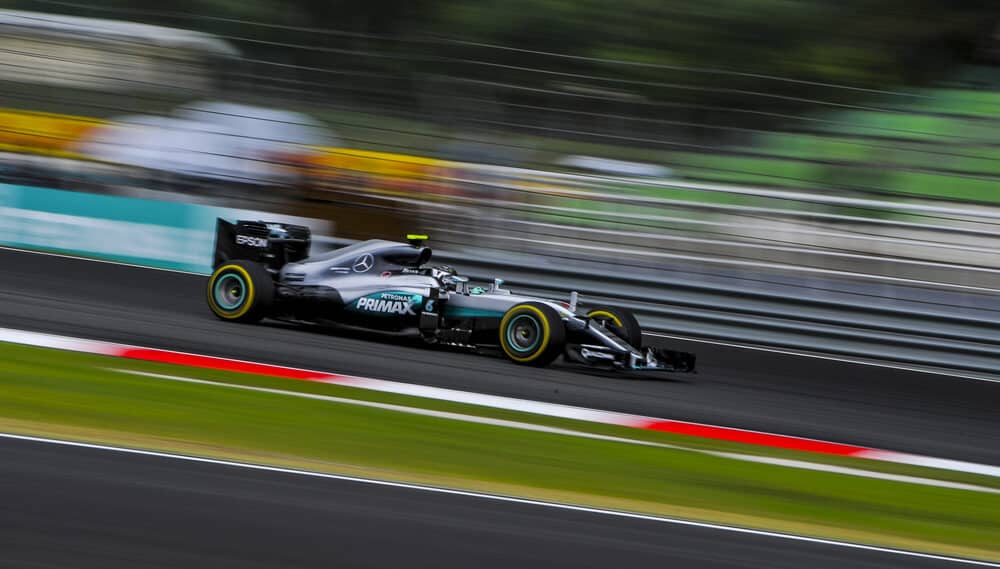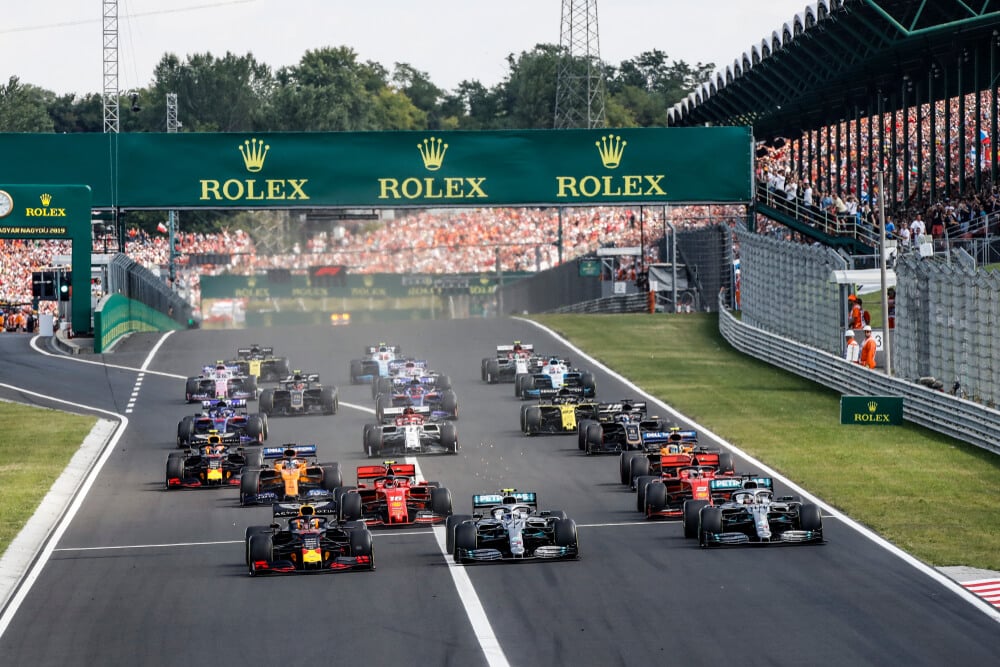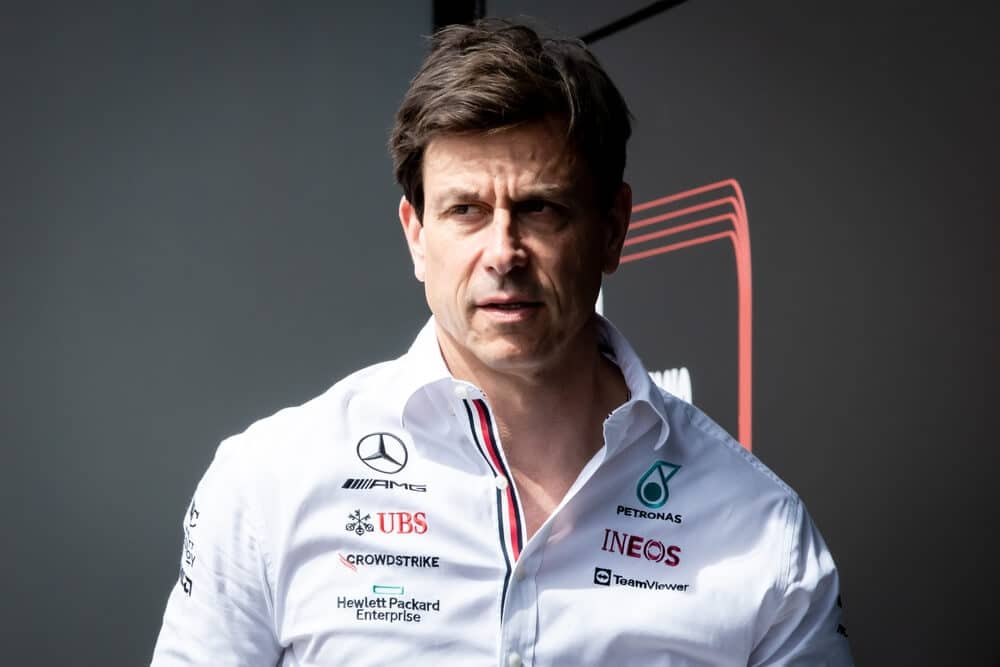In Formula 1, qualifying is crucial. The “Hot Lap” is the most important part. It’s where drivers push their car and their own limits to achieve the best possible lap time. A “Hot Lap” requires skill, strategy, and technology.
Mistakes can ruin a driver’s chances of securing a top starting position. In this article, we’ll explore what a “Hot Lap” is, how it’s achieved, and the challenges drivers face in setting a blistering lap time.
Table of Contents
Watch this video to see Hot lap from Japan Grand Prix 2022.
What is a Hot Lap?
A “Hot Lap” is the most crucial part of a Formula 1 qualifying session, where a driver aims to set the fastest lap time. It’s the lap where the driver pushes their car and their own limits to the absolute maximum.
Importance of a “Hot Lap” in F1 racing
The importance of a “Hot Lap” cannot be overstated, as starting from pole position can often make the difference between winning and losing a race. In addition, the grid position of a driver also affects their ability to navigate through traffic during the race, making a strong qualifying performance even more critical. Therefore, the “Hot Lap” is a key element of success in Formula 1 racing.
Key takeaways
- A “Hot Lap” is the most crucial part of a qualifying session, where a driver aims to set the fastest lap time.
- To achieve a “Hot Lap,” a driver must balance skill, strategy, and technology, and even the smallest of mistakes can ruin their chances of success.
- The importance of a “Hot Lap” cannot be overstated, as starting from pole position can often make the difference between winning and losing a race.
- Drivers face a range of challenges when attempting a “Hot Lap,” including limited qualifying tires, weather conditions, traffic on the track, and the risk of damaging their car.
- Some of the most memorable “Hot Laps” in F1 history include Ayrton Senna’s pole lap at Monaco in 1988, Michael Schumacher’s lap at the 2000 Monaco Grand Prix, and Lewis Hamilton’s pole lap at the 2018 Singapore Grand Prix.

Components of a Hot Lap
To achieve a “Hot Lap” in Formula 1, several key components must be considered, including:
Qualifying tyres
Qualifying tyres play a crucial role in setting a fast lap time. F1 teams use specialized “soft” tyres, which provide maximum grip for a short period but rapidly deteriorate. Therefore, a driver must carefully manage their tire usage to extract the most speed out of their car while preserving their rubber for the entire qualifying session.
Aerodynamics
Aerodynamics is another essential component of a “Hot Lap.” Teams use specific aerodynamic configurations designed to provide maximum downforce and minimum drag, allowing the car to corner at high speeds while maintaining stability. These configurations are continually evolving to keep up with advancements in technology and regulations.
Engine power
Engine power is critical to achieving a fast lap time. F1 cars use turbocharged hybrid engines, which produce over 1,000 horsepower. To extract maximum performance, teams must carefully balance engine power with fuel consumption and battery life, providing the driver with enough power to set a blistering lap time.
Suspension and chassis set up
Suspension and chassis set up can make a significant difference in lap time. Teams must find the perfect balance between stiffness and compliance, which provides the driver with optimal handling and maximum traction. Additionally, the car’s weight distribution must be carefully balanced, allowing the car to corner quickly and maintain stability at high speeds.
Driver’s skill and mental preparation
Finally, a driver’s skill and mental preparation play a critical role in achieving a “Hot Lap.” The driver must be confident and comfortable in their car, with the ability to navigate the track’s challenging corners and straights with precision and speed. Mental preparation is also essential, as the driver must stay focused and avoid making mistakes that could cost them a fast lap time.
Strategy for a Hot Lap
Setting a fast lap time in Formula 1 requires a carefully planned strategy. The following components are critical to achieving the perfect “Hot Lap:”
Preparation before the lap
Preparation is crucial to a successful “Hot Lap.” Drivers must warm their tires, brakes, and engine to operating temperatures, carefully choose their tire pressures, and assess track conditions to find the perfect setup for their car. A well-planned preparation can significantly improve the driver’s lap time.
Techniques during the lap
Technique is essential to achieving a fast lap time. Drivers must balance the car’s speed and control. Carefully braking, downshifting, and accelerating at the right times. They must also carefully navigate the track’s corners and minimizing any time spent on the brakes. After hitting the brakes the drivers need to maximize their speed through the turn.
Navigating traffic on the track
Navigating traffic on the track can be a significant challenge during a “Hot Lap.” Drivers must carefully choose their moment to set a fast lap time. They need to ensure they have enough clear track space to do so. However, they must also be aware of other cars on the track and be prepared to overtake or avoid them to avoid losing valuable time. Successful navigation of traffic can make a significant difference in a driver’s lap time.
Memorable Hot Laps
Over the years, Formula 1 has seen some incredible “Hot Laps” that have become the stuff of legend. Here are just a few:
Ayrton Senna’s pole lap at Monaco in 1988
Ayrton Senna’s pole lap at Monaco in 1988 is considered one of the greatest laps in F1 history. He put his McLaren MP4/4 on pole position with a time of 1:23.998. A staggering 1.4 seconds faster than his teammate and closest rival, Alain Prost. Senna’s performance that day demonstrated his incredible talent and mastery of the Monaco circuit. Cementing his status as one of the greatest drivers in F1 history.
Michael Schumacher’s lap at the 2000 Monaco Grand Prix
Michael Schumacher’s lap at the 2000 Monaco Grand Prix is another legendary “Hot Lap.” He set a pole time of 1:16.948. That was over half a second faster than his closest rival. He then also went on to win the race. Schumacher’s incredible skill and precision driving on the tight, twisty streets of Monaco made him a seven-time world champion. He counts as one of the greatest drivers of all time.
Lewis Hamilton’s pole lap at the 2018 Singapore Grand Prix
Lewis Hamilton’s pole lap at the 2018 Singapore Grand Prix was another memorable “Hot Lap.” He put his Mercedes on pole position with a time of 1:36.015, over three-tenths of a second faster than his nearest rival. Hamilton’s ability to find extra speed and put in a perfect lap when it mattered most demonstrated his incredible skill and mental fortitude, cementing his status as one of the greatest drivers of all time.
Challenges of Achieving a Hot Lap
Achieving a fast “Hot Lap” in Formula 1 is not easy, and there are numerous challenges that drivers and teams must overcome to achieve the perfect lap time. Here are some of the key challenges that drivers face:
Limited number of qualifying tyres
Each driver has a limited number of qualifying tires available for the weekend, and they must use them wisely. If they use them up too quickly or make a mistake, they may not have enough tires to complete a “Hot Lap” at the end of the session, which could compromise their starting position.
Weather conditions
Weather conditions can significantly affect a driver’s ability to set a fast lap time. Rain, high temperatures, and high humidity can all impact tire performance, and changing conditions can make it difficult to find the right setup for the car.
Traffic on the track
During the qualifying session, drivers must contend with other cars on the track, which can make it difficult to set a fast lap time. They must carefully choose their moment to set a fast lap and be prepared to overtake or avoid other cars to avoid losing valuable time.
Risk of damaging the car
Setting a fast “Hot Lap” requires a driver to push their car to the limit, which can be risky. A mistake can result in a damaged car, which can compromise their starting position or even force them to withdraw from the race. Drivers must find the right balance between speed and risk to achieve the perfect lap time.
Frequently asked questions
What exactly is a hot lap?
What are some key factors that influence a hot lap's success?
Are there any risks involved in setting a hot lap?
Conclusion
In conclusion, a “Hot Lap” is an integral part of Formula 1 racing that requires precision, skill, and bravery from the drivers. With so many factors at play, including car setup, traffic, and weather conditions, setting a fast lap time is no easy feat. Yet, it is the pursuit of the perfect lap that drives the teams and drivers forward, and the moments when they succeed are what makes the sport so thrilling and exciting to watch.
From Ayrton Senna’s pole lap at Monaco in 1988 to Lewis Hamilton’s pole lap at the 2018 Singapore Grand Prix, “Hot Laps” have produced some of the most iconic moments in the history of Formula 1.
As the sport continues to evolve and push the boundaries of what’s possible, we can only wait and see what the future holds for this exciting aspect of Formula 1 racing.
Article sources
Learn more about Formula One
Want to learn more about F1? Then visit our Formula 1 glossary and dictionary.



